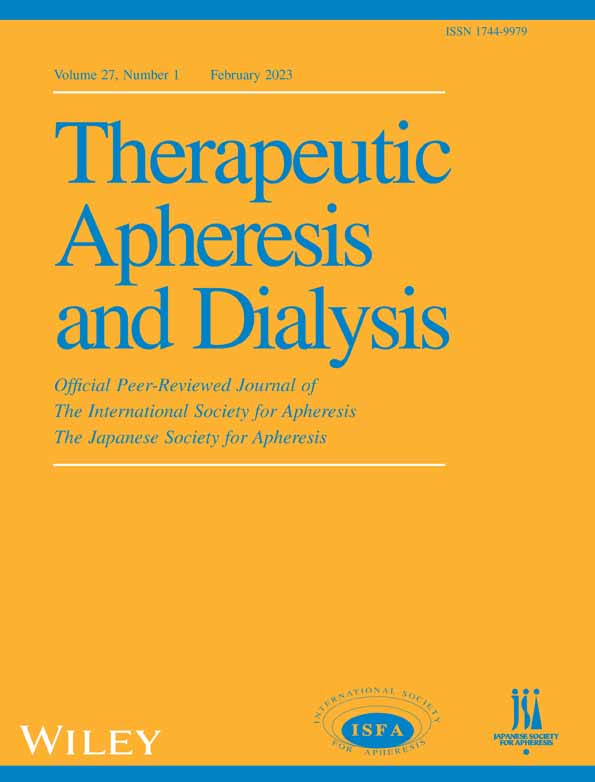Do neutrophil–lymphocyte ratio and platelet–lymphocyte ratio have a role in determining mortality in intensive care patients undergoing plasmapheresis? Single-center experience
Abstract
Introduction
Plasmapheresis is a frequently used procedure that removes the pathogenic components from circulation. We aimed to evaluate the relationship between plasmapheresis, neutrophil–lymphocyte ratio (NLR), platelet–lymphocyte ratio (PLR) and mortality in the intensive care unit (ICU) between 2014 and 2021.
Methods
Forty-nine patients (27 females and 22 males) were included. Demographic characteristics, laboratory values of the day of admittance to the ICU, APACHE II scores, and length of stay were recorded.
Results
The mean age was 52.73 ± 16.93. APACHE II value (p = 0.003; p < 0.01), NLR ratio (p = 0.001; p < 0.01) and PLR ratio (p = 0.001; p < 0.01) of the surviving group were lower than those of the deceased group, which was statistically significant.
Conclusion
As high PLR and NLR levels suggest increased mortality in the ICU population, attention should be paid for increased NLR and PLR when plasmapheresis is decided on in the ICU.
CONFLICT OF INTEREST
The authors declare no conflict of interest.
Open Research
DATA AVAILABILITY STATEMENT
The authors agree with sharing, copying, and modifying the data used in this article, even for commercial purposes, so long as appropriate credit is given, and possible changes are indicated.




